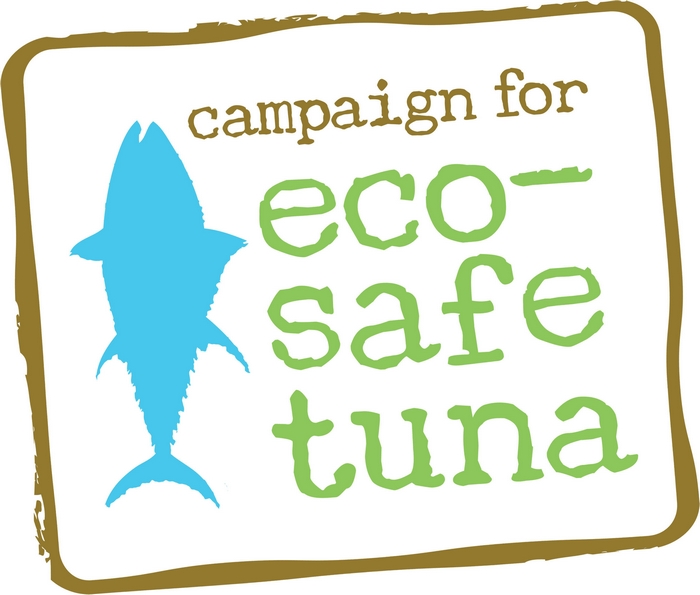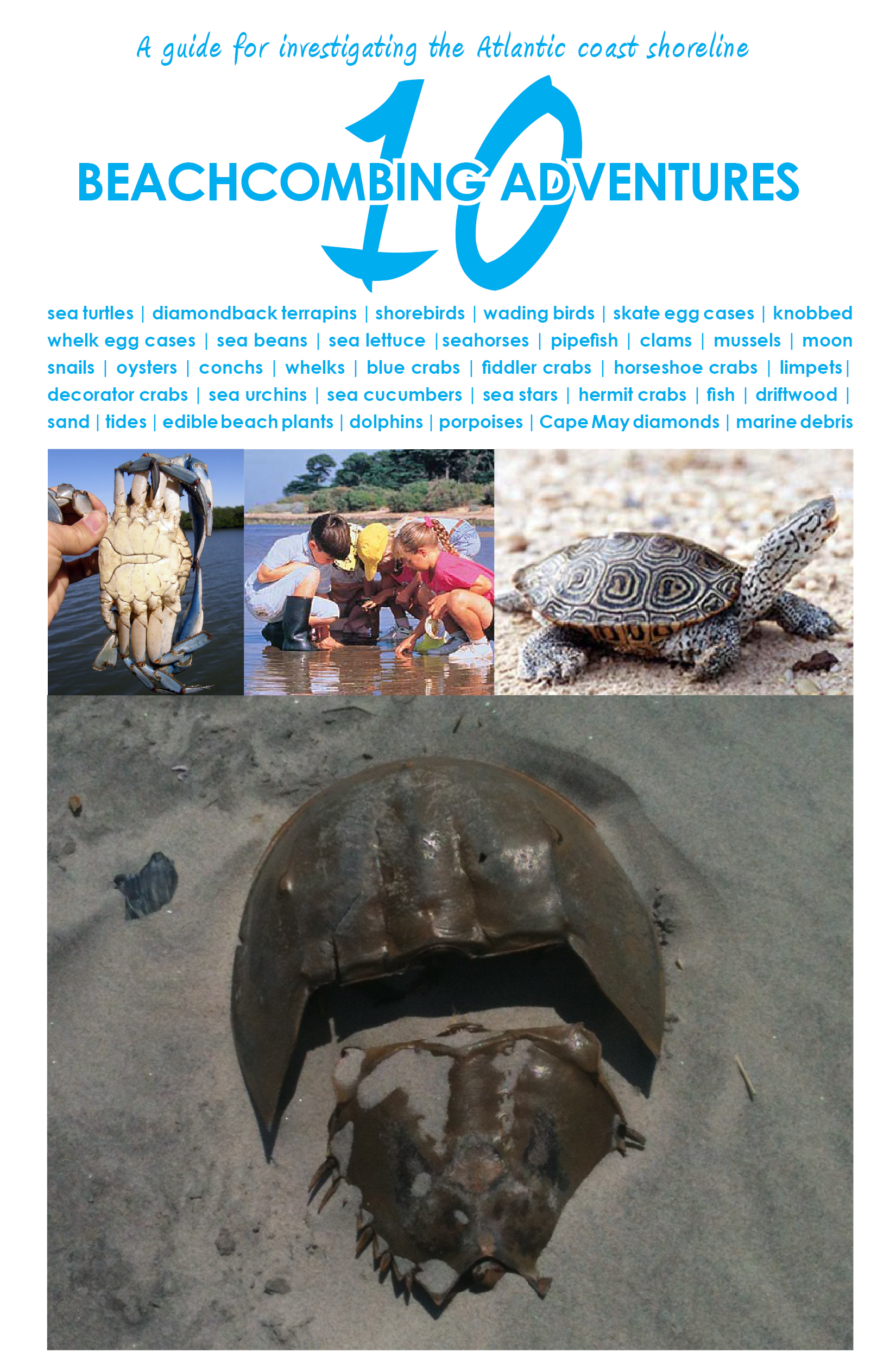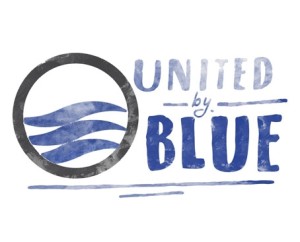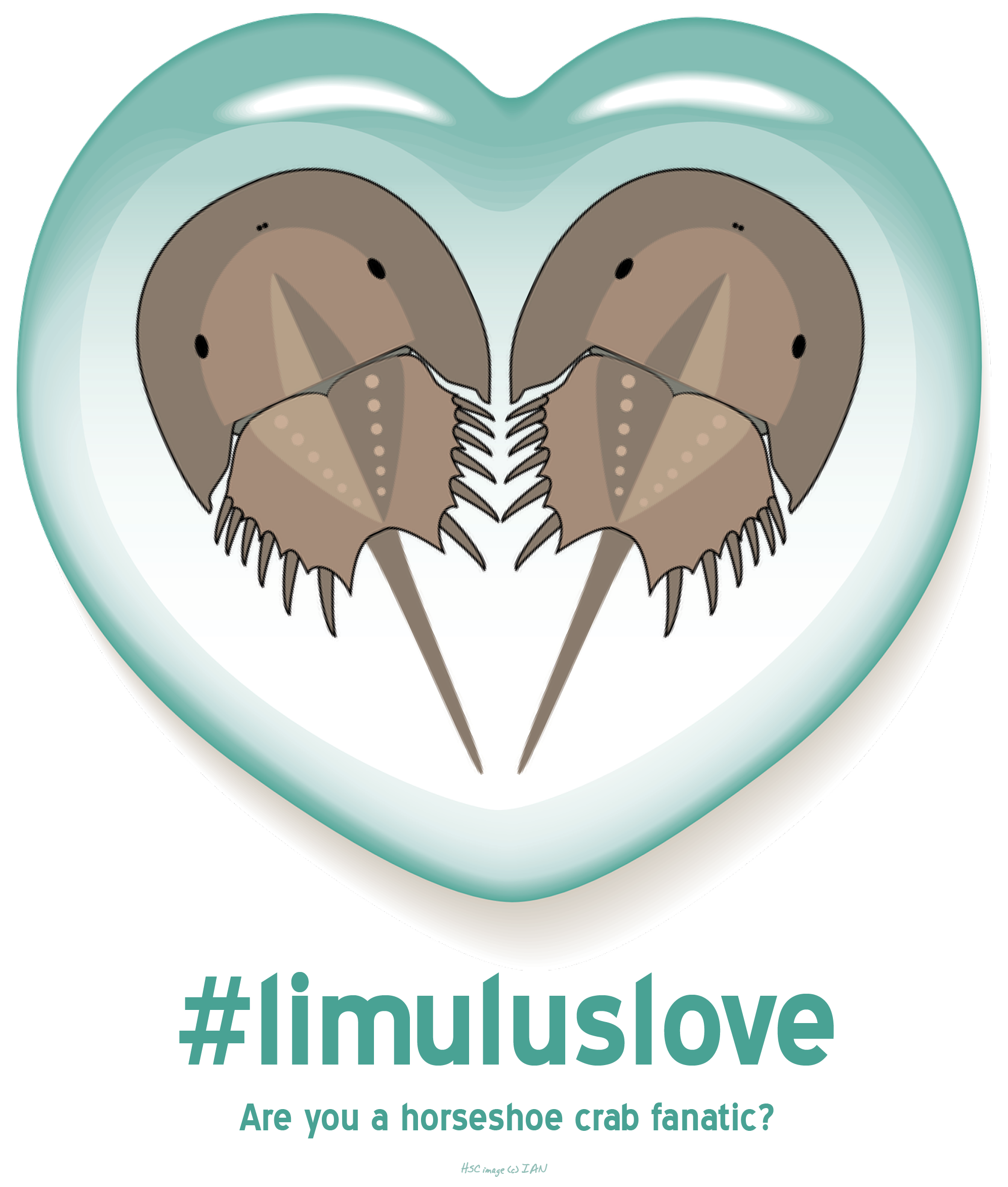You must be brave enough to pinch the body of the blue crab from behind and lift it upside down (It hurts a lot if they pinch you!).
Male blue crabs have a distinct shape like a pencil – or the Washington Monument – in the center of their bellies. Female blue crabs, on the other hand, have a shape like the Capitol.












What people are saying …